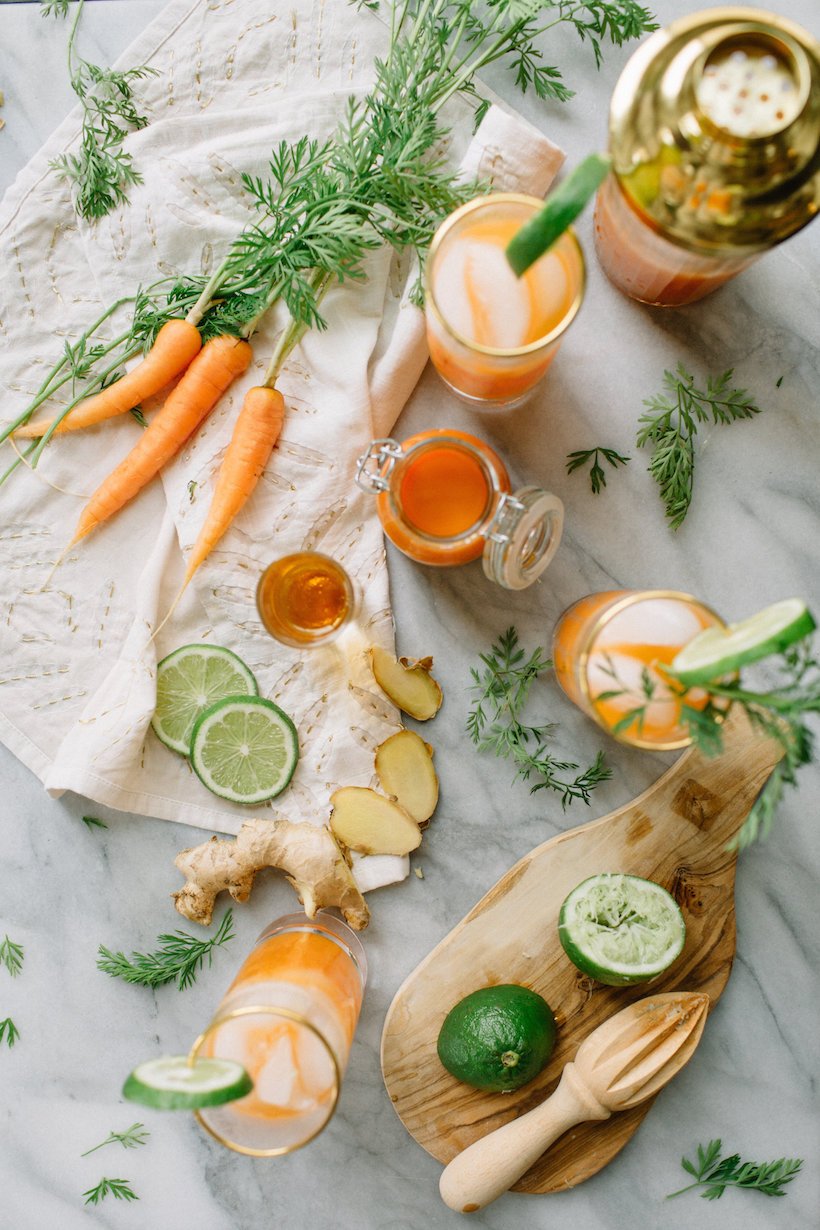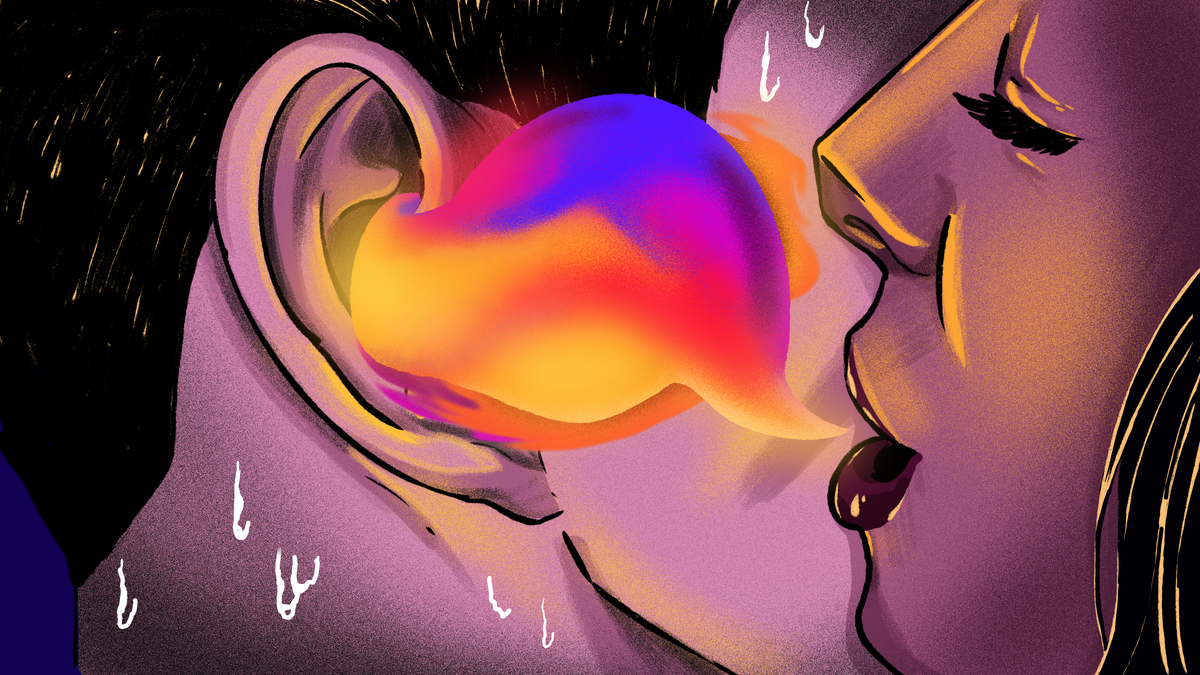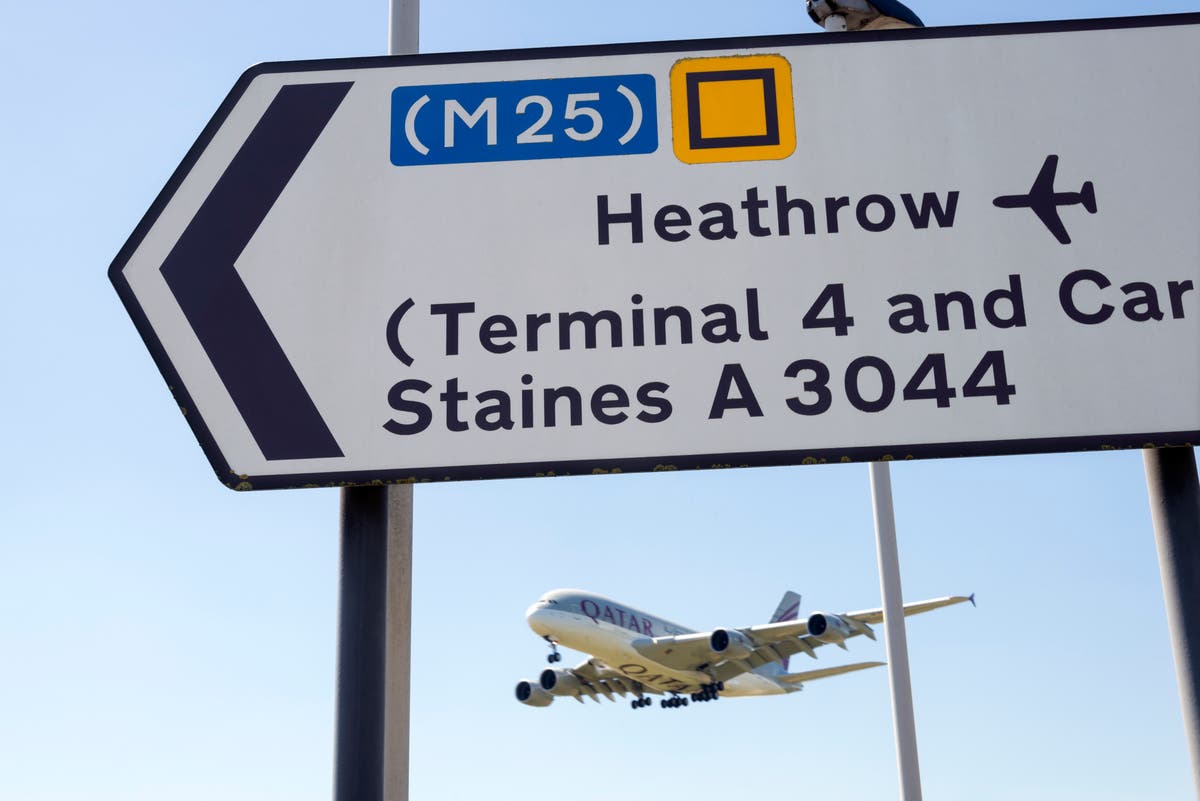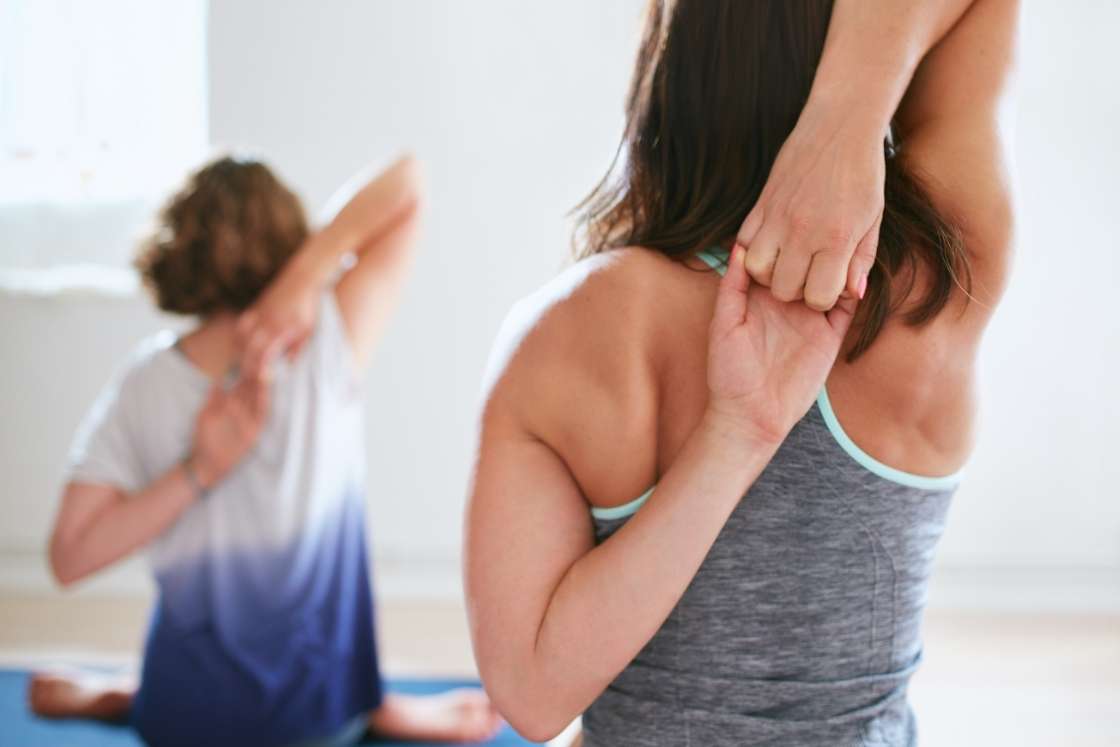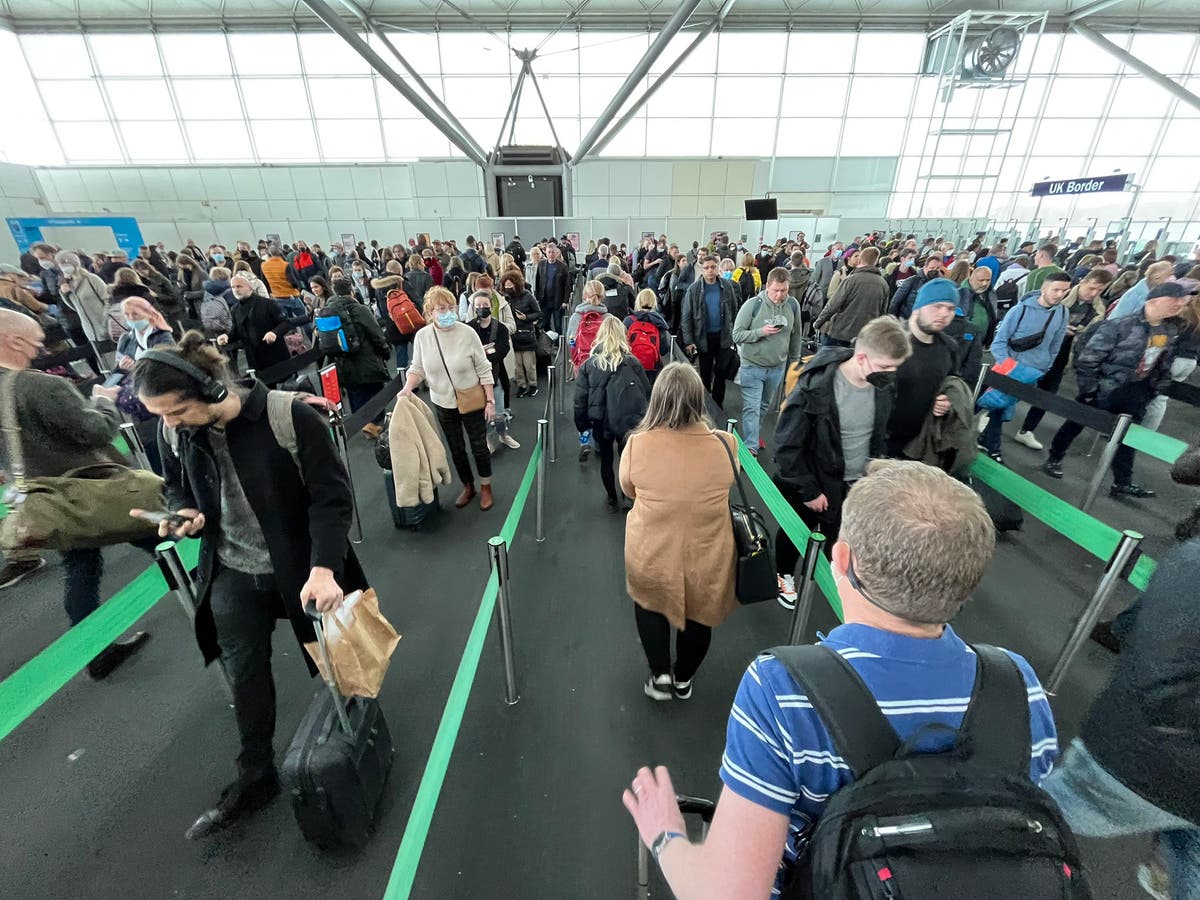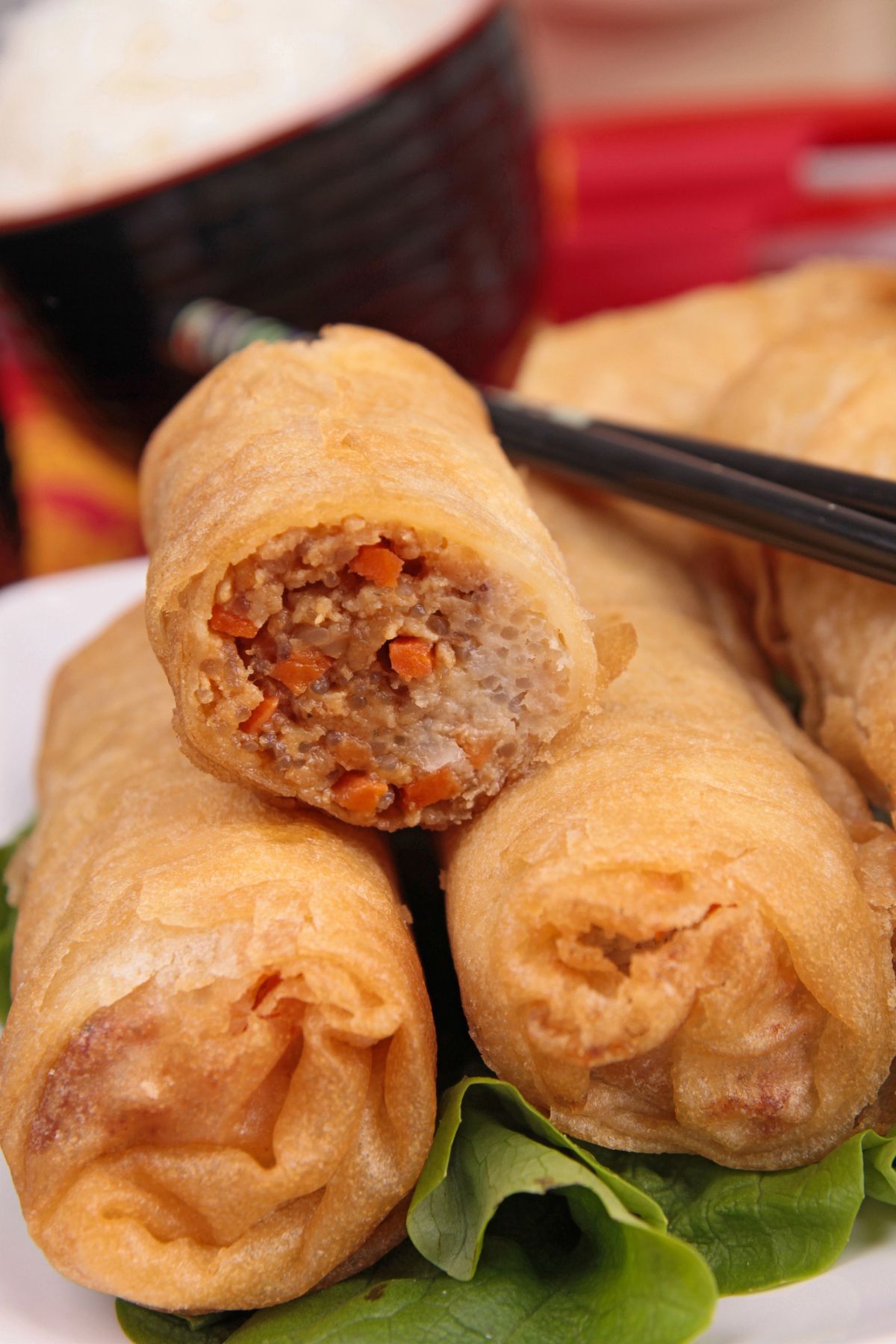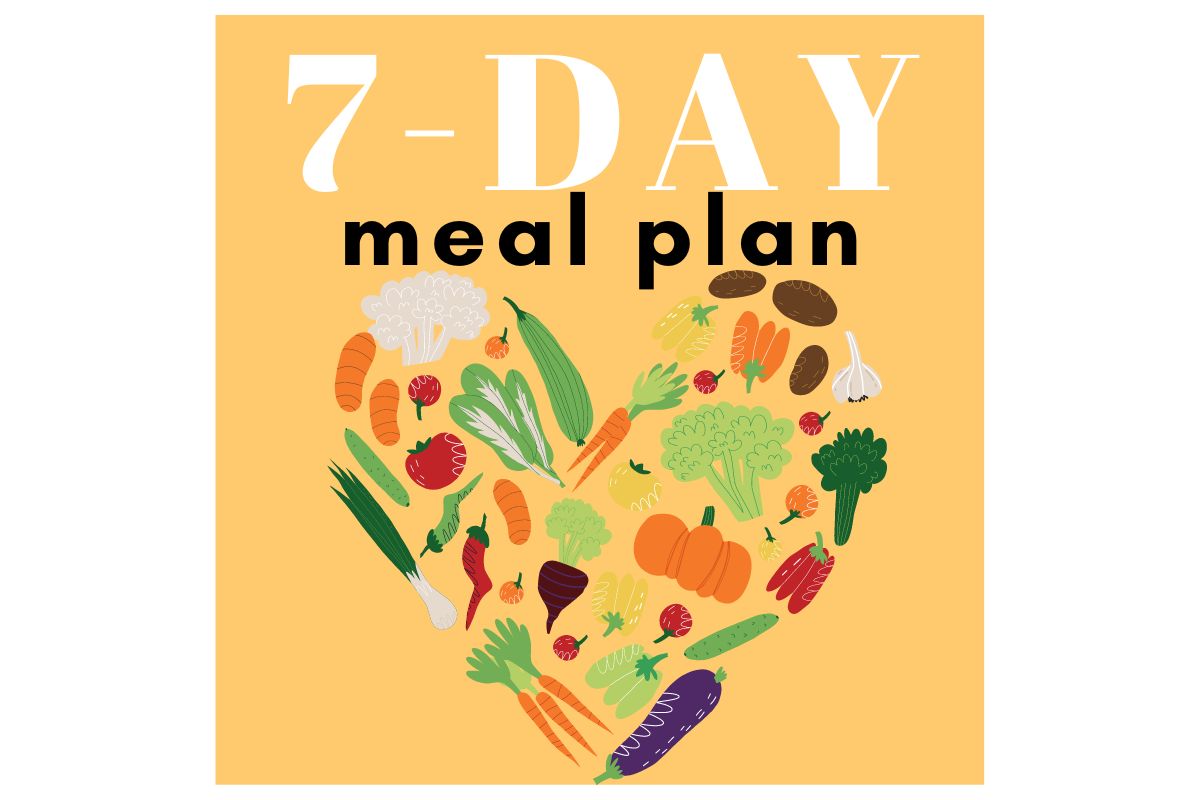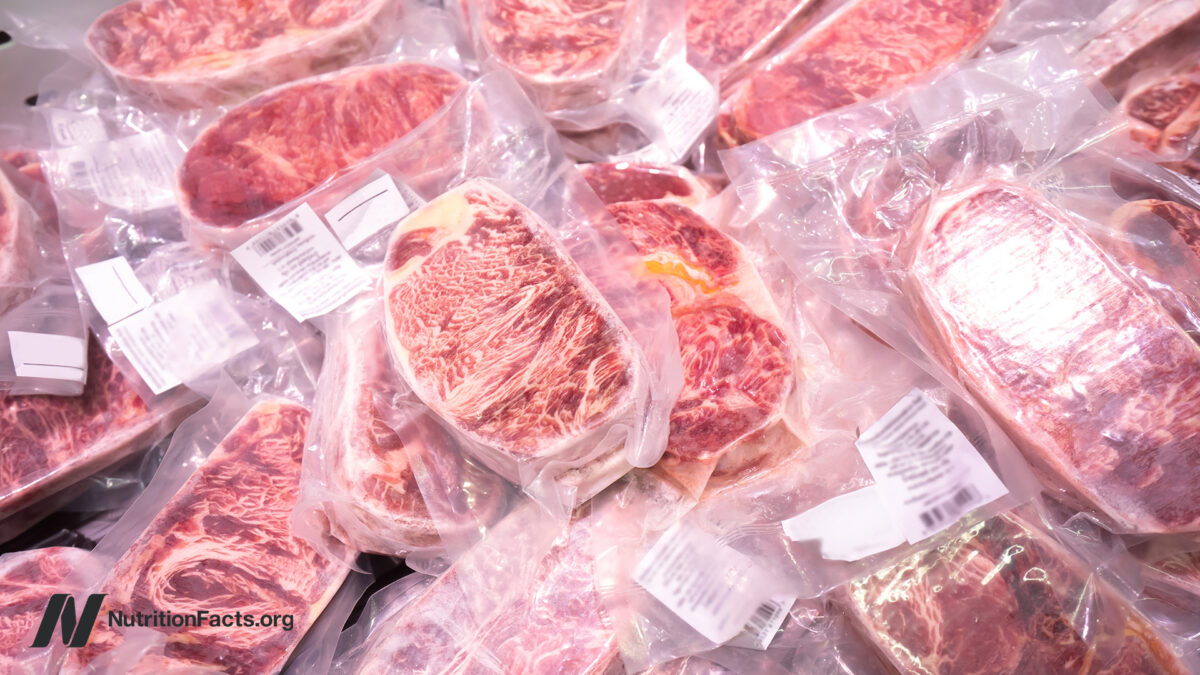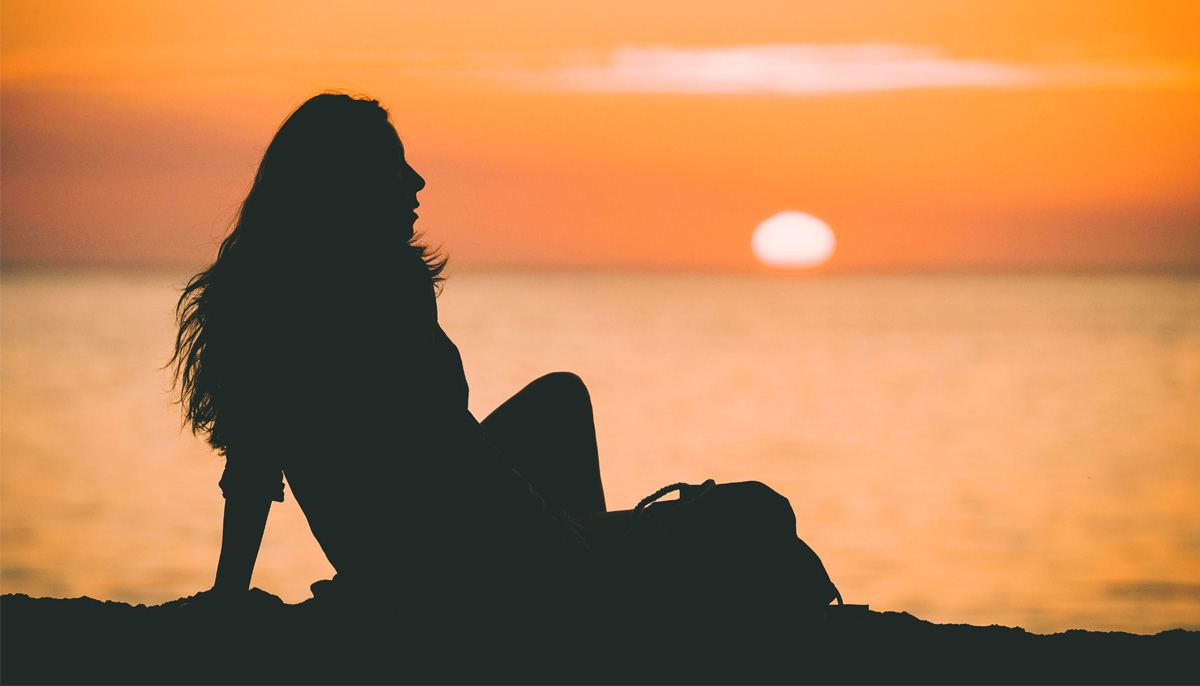The Best Ways to Identify Any Wildflower You See
It's easy to get acquainted with what’s blooming in the wild spaces around you.

We may earn a commission from links on this page.

Credit: Lois GoBe / Shutterstock.com
Thanks to Lady Bird Johnson and the 1965 Highway Beautification Act, road-tripping in spring and summer can feel like driving through a dappled landscape painting of wildflowers in every shade. In Texas, we love our bluebonnets so much that cars often pull off the highway in spring for a quick family portrait.
Naturalist Andrea Debbink loves the sight of purple woodland flowers like wood violets, wild geraniums, and wild blue phlox, painting a purple carpet across the forest floor. Besides being visually stunning, observing wildflowers can also inspire something in the human spirit, Debbink said.
“The most interesting wildflower I've learned about is fireweed," said Debbink, author of Flower Finding: Delight in the Splendor of Wild Blooms. "It's an incredible plant that gets its name from its ability to quickly regrow after a fire. When Mount Saint Helens erupted in 1980, some scientists predicted it'd be decades or longer before plant or animal life would return to the area. Instead, just two weeks after the volcano erupted, fireweed sprouted in the dust. I think there's something inspiring about a plant that can do that."
If your appreciation of wildflowers has been limited to a cute boho print or other people’s Instagram shots, consider taking a closer look at what's growing wild around you.
“I think it's important to pay attention to wildflowers in our local environments for the same reason we should pay attention to any part of nature (wildlife and other plants included): We're part of the same ecosystem,” Debbink said. “Or to think of it another way, we're a part of the same community. And wildflowers can enrich our lives with their beauty and their ecological benefits.”
Different wildflowers bloom throughout the year, but spring and summer are prime time to observe blooms.
Where to look for wildflowers
In Flower Finding, Debbink suggests watching these types of spaces for emerging wildflowers:
Disturbed areas: If vegetation or topsoil has been disturbed by human activity or natural events, wildflowers might sprout there (like the fireweed around Mount Saint Helens).
Roadsides: Spaces between and beside highways and small roads can become liminal spaces that native plants are allowed to grow wild.
Seeps: Land is moist and fertile for wildflowers where groundwater and springs emerge from underground.
Thickets: Look for dense growth of trees and shrubs close together.
Try the identification tools below to learn more about the flowers you discover.
Online identification tools
PlantNet: Available online or as an app from the AppStore or Google Play. Upload a photo of the plant you want to identify, and AI will compare it to known plant photos. Use your observations to determine the most likely identification.
iNaturalist: Available from AppStore or Google Play, this is the digital version of your old-school nature journal. Plus, it allows you to connect with a whole community of other naturalists who can help you identify plants and creatures.
Discover Life: Use this site’s ID Nature Guides to identify plants, insects, vertebrates, fungi, and more. Select known characteristics of the wildflower you want to identify and see what species fit the criteria and are likely growing in your area.
My Wildflowers and Wildflower Search: These two work very much like Discover Life. You select some features of the location where you observed the flower and the appearance of the flower, and the site will show you potential matches. You may need to try more than one site or search tool to find the best match.
Pocket wildflower guides
If apps, AI, and online search engines are not your preferred way of engaging with nature (or you don’t have a great signal out in the wilderness), you could also carry a pocket field guide in your travels.
“There are many great resources out there for people who want to learn how to identify wildflowers," Debbink said. "I use apps and websites but I always start with a paperback wildflower guide I've had for years. It's most helpful to use a field guide that's specific to your state or region.”
Try one of these field guides to North American wildflowers:
National Geographic Pocket Guide to Wildflowers of North America
Falcon Guides' Wildflowers of North America: A Coast-to-Coast Guide to More than 500 Flowering Plants
National Audubon Society Wildflowers of North America (This one is only for the chonkiest pockets, weighing in at 4 pounds and 912 pages.)
You found the flowers; now what?
It might be tempting to pluck those pretty blooms and take them home for yourself—but not so fast.
“Most of the time, it's best to err on the side of caution and not pick wildflowers or other plants. There are many places where picking plants is prohibited, such as state parks—and even when it's allowed, removing plants from their habitat can be disruptive to the surrounding ecosystem,” Debbink said. “That said, you can grow native wildflowers on your own property or even in containers, which not only can help pollinators, you can enjoy the flowers or harvest them yourself.”
If you do want to “preserve” the wildflowers you discover in the wild, think of how you can create an image of the flower.
“I think photography is a simple and accessible way to ‘preserve’ wildflowers without disturbing them," Debbink said. "It also can help you to truly see a plant and study it. If you take your time, it can even be a mindful practice. The same is true of other visual arts like sketching or painting."
Your interest and curiosity about wildflowers where you live can be the first step in supporting their growth.
“In my book, I tell a story about how it wasn't until I was well into adulthood that I began to learn the names of the plants that had surrounded me my whole life. It's a pretty common scenario," Debbink said. "Once you have some awareness or knowledge of the native wildflowers in your community, you can plant them or encourage places like parks or schools to incorporate them in their landscaping."

 FrankLin
FrankLin 







